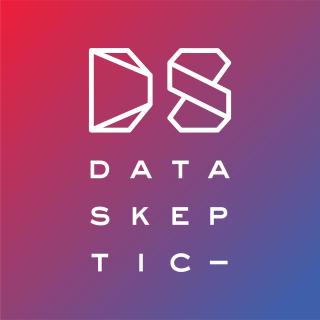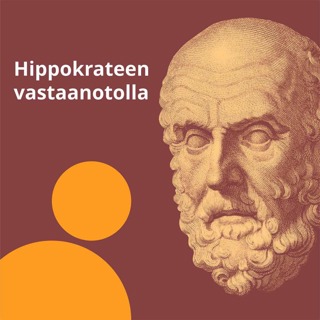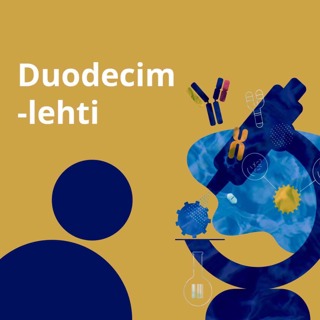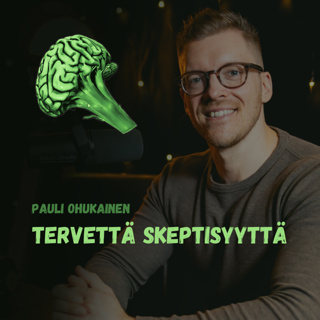
ELMo
ELMo (Embeddings from Language Models) introduced the idea of deep contextualized word representations. It extends previous ideas like word2vec and GloVe. The ELMo model is a neural network able to map natural language into a vector space. This vector space, out of box, proved to be incredibly useful in a wide variety of seemingly unrelated NLP tasks like sentiment analysis and name entity recognition.
29 Maalis 201923min

BLEU
Bilingual evaluation understudy (or BLEU) is a metric for evaluating the quality of machine translation using human translation as examples of acceptable quality results. This metric has become a widely used standard in the research literature. But is it the perfect measure of quality of machine translation?
23 Maalis 201942min

Simultaneous Translation at Baidu
While at NeurIPS 2018, Kyle chatted with Liang Huang about his work with Baidu research on simultaneous translation, which was demoed at the conference.
15 Maalis 201924min

Human vs Machine Transcription
Machine transcription (the process of translating audio recordings of language to text) has come a long way in recent years. But how do the errors made during machine transcription compare to the errors made by a human transcriber? Find out in this episode!
8 Maalis 201932min

seq2seq
A sequence to sequence (or seq2seq) model is neural architecture used for translation (and other tasks) which consists of an encoder and a decoder. The encoder/decoder architecture has obvious promise for machine translation, and has been successfully applied this way. Encoding an input to a small number of hidden nodes which can effectively be decoded to a matching string requires machine learning to learn an efficient representation of the essence of the strings. In addition to translation, seq2seq models have been used in a number of other NLP tasks such as summarization and image captioning. Related Links tf-seq2seq Describing Multimedia Content using Attention-based Encoder--Decoder Networks Show and Tell: A Neural Image Caption Generator Attend to You: Personalized Image Captioning with Context Sequence Memory Networks
1 Maalis 201921min

Text Mining in R
Kyle interviews Julia Silge about her path into data science, her book Text Mining with R, and some of the ways in which she's used natural language processing in projects both personal and professional. Related Links https://stack-survey-2018.glitch.me/ https://stackoverflow.blog/2017/03/28/realistic-developer-fiction/
22 Helmi 201920min

Recurrent Relational Networks
One of the most challenging NLP tasks is natural language understanding and reasoning. How can we construct algorithms that are able to achieve human level understanding of text and be able to answer general questions about it? This is truly an open problem, and one with the bAbI dataset has been constructed to facilitate. bAbI presents a variety of different language understanding and reasoning tasks and exists as benchmark for comparing approaches. In this episode, Kyle talks to Rasmus Berg Palm about his recent paper Recurrent Relational Networks
15 Helmi 201919min

Text World and Word Embedding Lower Bounds
In the first half of this episode, Kyle speaks with Marc-Alexandre Côté and Wendy Tay about Text World. Text World is an engine that simulates text adventure games. Developers are encouraged to try out their reinforcement learning skills building agents that can programmatically interact with the generated text adventure games. In the second half of this episode, Kyle interviews Kevin Patel about his paper Towards Lower Bounds on Number of Dimensions for Word Embeddings. In this research, the explore an important question of how many hidden nodes to use when creating a word embedding.
8 Helmi 201939min






















